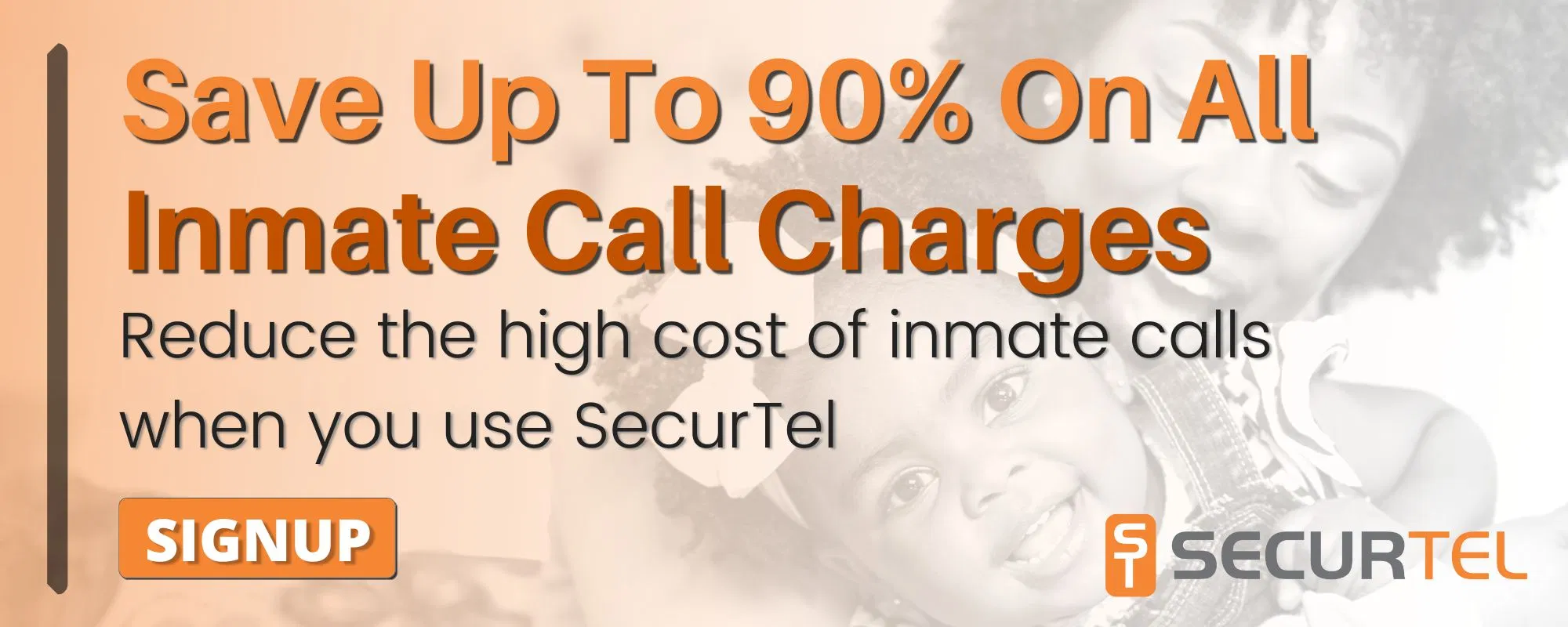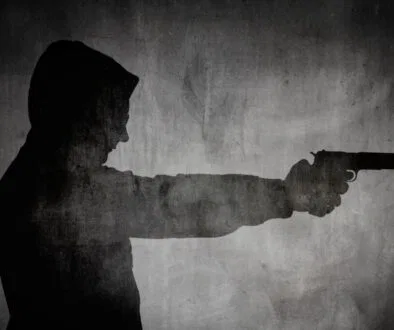What Does It Mean To Be In Protective Custody?
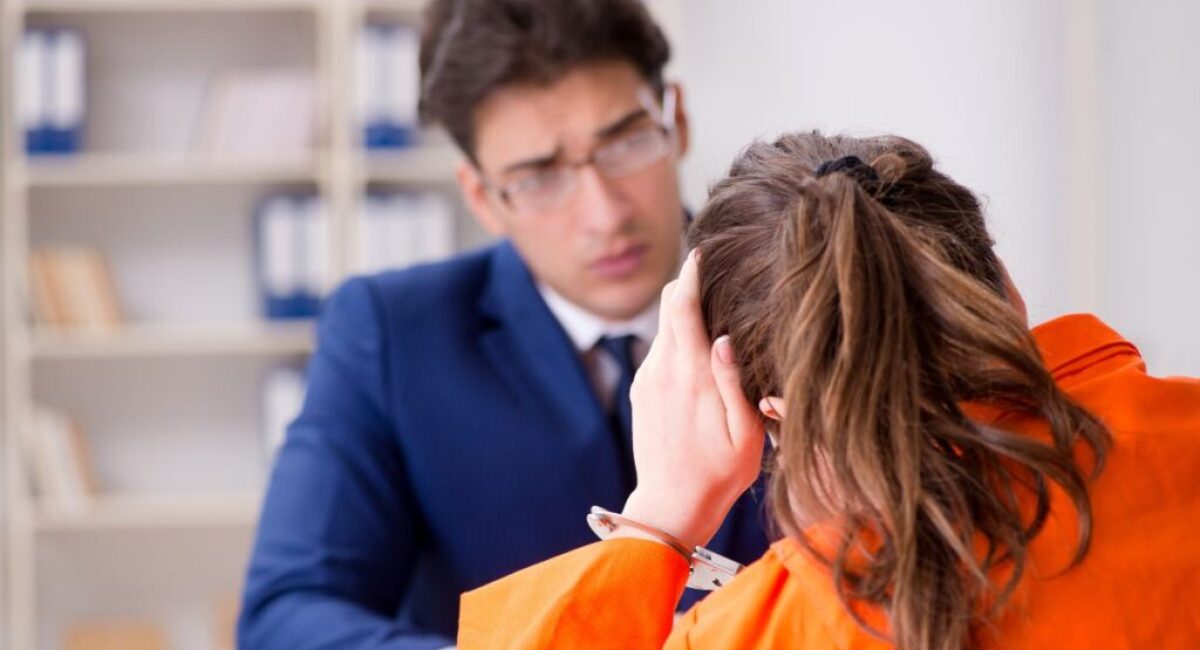
Published April 30, 2024
Protective custody is essential in criminal justice. It safeguards at-risk individuals by isolating them from potential threats. It ensures safety, saves lives, and upholds order, particularly for those involved in criminal cases.
In this article, we examine the purpose and mechanics of protective custody. We discuss its role both inside prison boundaries and in the broader world. Protective custody is crucial in safeguarding those facing potential threats.
What Is Protective Custody?
Protective custody is a legal designation designed to safeguard individuals by placing them in a secure setting. The individuals are isolated from the general populace, shielding them from threats. It’s applied to those at risk, such as witnesses, informants, victims of domestic violence, or high-profile figures who may be in danger.
Moreover, protective custody not only focuses on safety but also emphasizes rehabilitation. Upon release, inmates can work towards rejoining society by accessing education, counseling, and vocational training.
Still, a big challenge remains. It is to lessen the destructive effects of social isolation and restricted interaction in protective custody. These conditions can profoundly affect an inmate’s mental health and well-being. They need careful management and support.
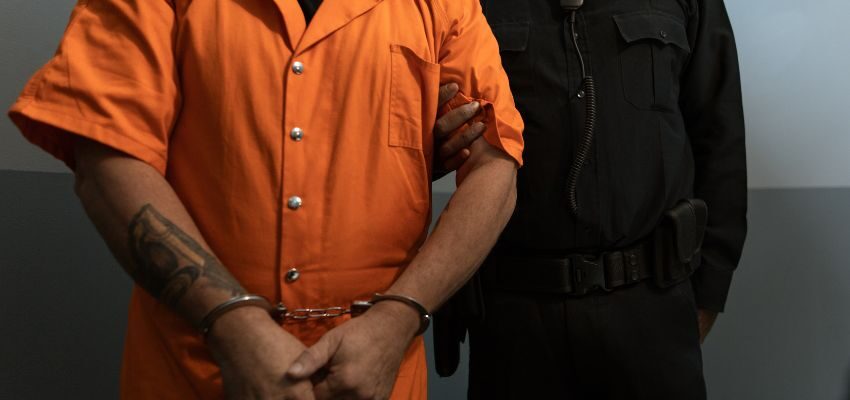
The Importance Of Protective Custody
Protective custody aims to protect people facing risks. Risks come from their situations or the sensitivity of their information. Below are the essential aspects underscoring the significance of protective custody:
-
Securing Individual Safety
The paramount goal of protective custody is to ensure the safety of those at risk. By moving people to a safe place shielded from danger, protective custody provides a sanctuary, offers peace of mind, and lowers the chances of harm.
-
Safeguarding Confidentiality
Protecting their privacy is paramount when people have essential info or are involved in sensitive legal matters. It’s possible through protective custody. This guarantees the protection of sensitive information and minimizes the risk.
-
Reducing Intimidation And Retaliation Risks
It diminishes the threats of intimidation and retaliation toward witnesses, informants, or victims. Isolating them from would-be aggressors lowers the chances of coercion or revenge. It enables these persons to offer precise and impartial information in a fear-free environment.
-
Accommodating Special Needs
People with special needs have medical, psychological, or other conditions. They benefit from personalized care and attention in protective custody, which safeguards their well-being.

Key Factors In Effective Protective Custody In Prison
Many factors make protective custody work. They protect at-risk people and keep them safe and well. Understanding these parts is critical for organizations. They strive to offer a haven for those in their care. Below are the core components vital to achieving effective protective custody:
-
Secure Facilities
Protective custody necessitates facilities equipped with robust security measures. Such places must have regulated entry points, thorough surveillance systems, and skilled staff.
-
Measures For Maintaining Confidentiality
Upholding confidentiality is imperative in cases of protective custody. Strict measures are essential. They include limited access to sensitive information, enforcement of non-disclosure agreements, and communication encryption. They protect the privacy and identities of those under protection.
-
In-Depth Risk Evaluation
Thorough risk evaluations are crucial. They help find potential dangers and set the needed security level. One can make good safety plans by examining the risk, the threat’s reliability, and people’s vulnerabilities.
-
Collaborative Strategy
The success of protective custody depends on a unified effort and the help of critical stakeholders, including law enforcement, legal experts, social workers, and security teams. This approach’s core goal is to foster open communication and coordination, ensure smooth execution, and tackle arising issues well.
-
Isolation From The General Population
Protecting people in protective custody is crucial. They must be kept from the general population and potential aggressors, and this task should be carried out efficiently.
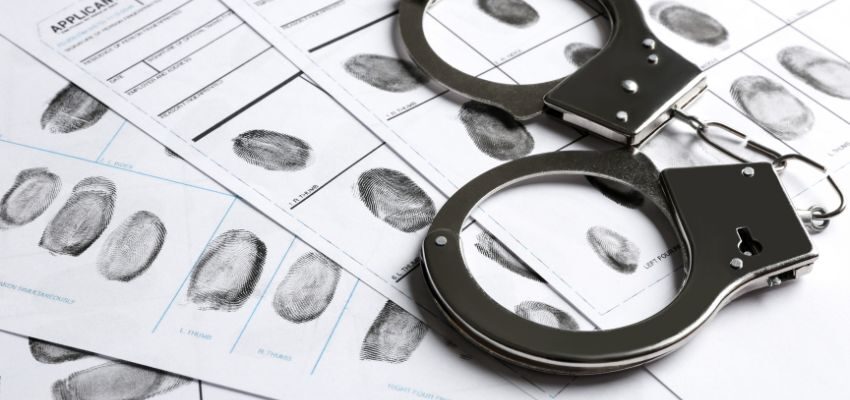
Key Forms Of Protective Custody
Protective custody adapts to the needs of its beneficiaries. It adjusts to the specific dangers they face. Below are several prevalent forms of protective custody:
-
Administrative Protective Custody
Individuals under immediate threat or risk in prison are generally placed in protective custody. It entails isolating inmates from the general population to guarantee their immediate safety. Authorities use administrative protective custody temporarily. It’s used while a thorough evaluation finds the best long-term arrangement.
-
Witness Protective Custody
Law enforcement uses protective custody to shield inmates. The inmates have crucial information. This information could significantly affect an ongoing criminal investigation or trial. They’re kept apart from the general inmate population. This is to protect them from potential retaliation or intimidation. Enhanced security measures, including limited access and stringent confidentiality protocols, are implemented to protect them.
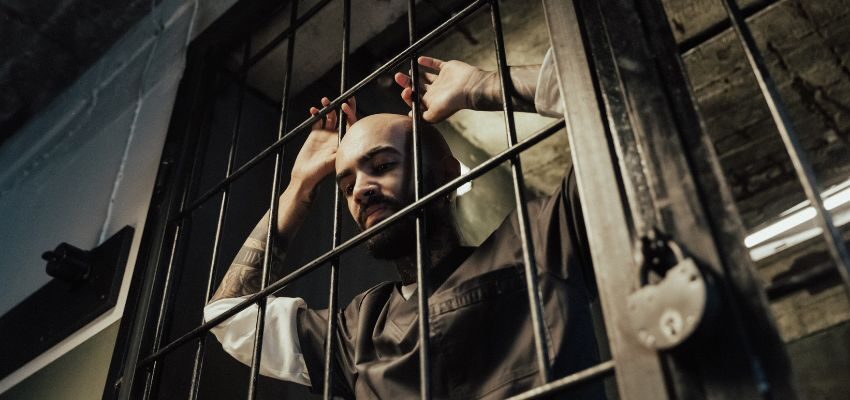
-
High-Profile Inmate Protective Custody
Like public figures and celebrities, famous inmates need extra security because of their widely known cases. They could be targets for threats, whether from the media or inmates. Because of this, they’re often placed in particular units or separate facilities to protect and maintain their safety and privacy.
-
Gang Protective Custody
Authorities may put inmates with gang ties in protective custody to keep them safe from potential harm. This measure is designed to isolate them from rivals in other gangs in the facility, reducing the likelihood of violence. Protective custody for gang members has stringent security and minimal contact with other prisoners.
-
Vulnerable Inmate Protective Custody
The prison system tailors protective custody to inmates at a high risk in prison. This includes those with disabilities, mental health issues, or ongoing medical problems. This measure offers more support. It’s tailored to their needs and safeguards their well-being.
Each form of protective custody is tailored to address unique threats and needs. It spans from strict security to places focused on support and rehab.
Frequently Asked Questions About Protective Custody
-
What does it mean to go into protective custody?
Entering protective custody means being put in a secure place to protect against potential threats or harm. This process may include many strategies, such as moving to a new area, having 24-hour security, or living in special units within prisons or secure homes.
-
Can you be put in protective custody?
Authorities may place individuals under protective custody. They do this if they see them as at risk of harm from crime, domestic violence, or gangs. This applies to situations where their safety is in jeopardy and needs protection.
-
Who gets put into protective custody?
It’s for individuals such as crime witnesses and domestic abuse victims. Also, minors are at risk of abuse or neglect. Public figures face serious threats, as do inmates from fellow prisoners and those targeted by criminal organizations.
-
What is protective custody outside of jail?
Outside prison, protective custody may include:
- Residing in secure, safe houses.
- Participating in witness protection programs.
- Seeking refuge in domestic violence shelters.
- Relocating to fortified locations.
These measures ensure an individual’s safety from external threats in the broader community.
-
How long can you stay in protective custody?
The length of time spent in protective custody can differ, depending on the threat’s severity and the individual’s situation. Periods can span from mere days or weeks to multiple years. This is especially true in cases tied to witness protection programs, where ensuring long-term security is paramount.
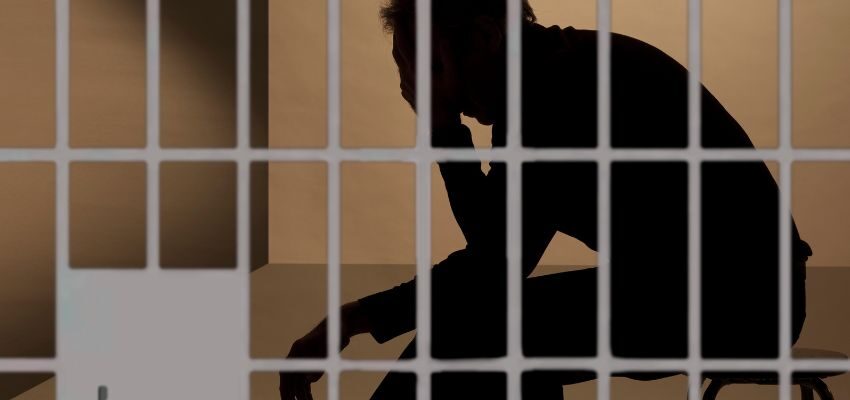
The Essential Role Of Protective Custody
Protective custody is vital. It protects at-risk people and keeps legal proceedings fair. It involves a secure environment and requires confidentiality for witnesses, informants, victims, and others at risk. Protective custody upholds justice, promotes public safety, and protects vulnerable individuals. So, it is crucial to face new societal challenges.
Advertisement
Save 90% Per Minute On Jail Calls With Us
US prisons charge lots of money per minute for long distance inmate calls. The loved ones of inmates are left to pay this bill. For a ten minute phone call you may find yourself paying over one hundred dollars. With SecurTel, you can reduce this charge to a fraction of the cost and only pay the local calling rate. Make calls from across the US or internationally for the local rate and help your family stay connected during a difficult time. Learn more about how to sign up for inmate calls here.

This Content Is Fact Checked
We have conducted thorough fact-checking on this content in-house. Get detailed insights into our website’s editorial standards by clicking here.

About The Author
Hello! I’m Corinne, a nursing graduate from Riverside College with a flair for writing. Thanks to the thorough research into each piece, my work stands out for its quality and accuracy. I believe in the power of storytelling to connect with people from all walks of life.
